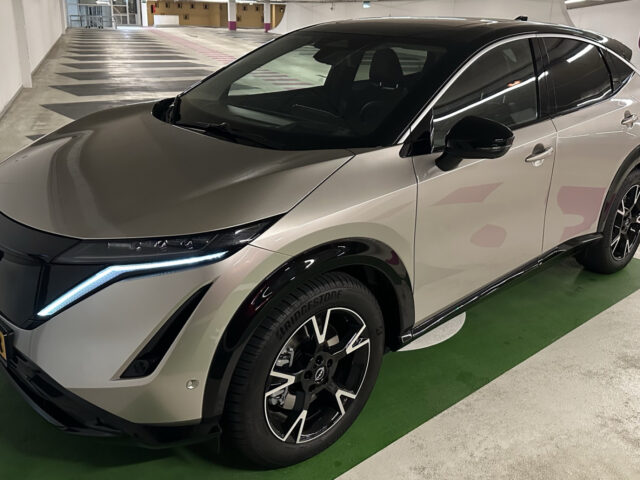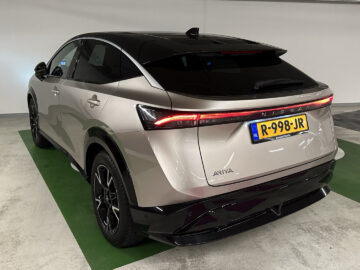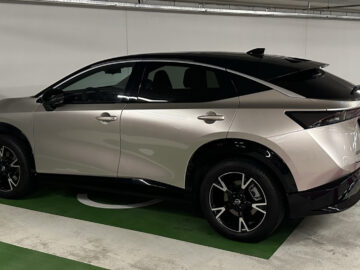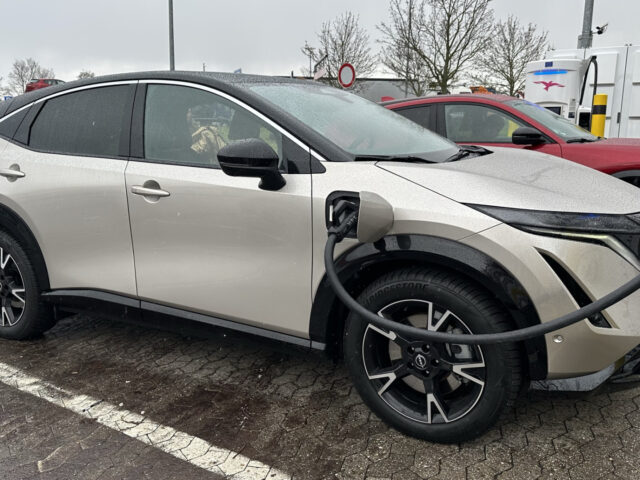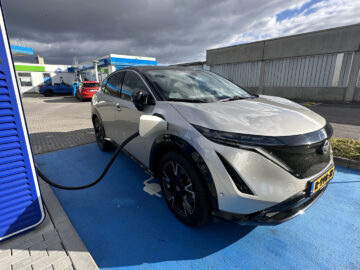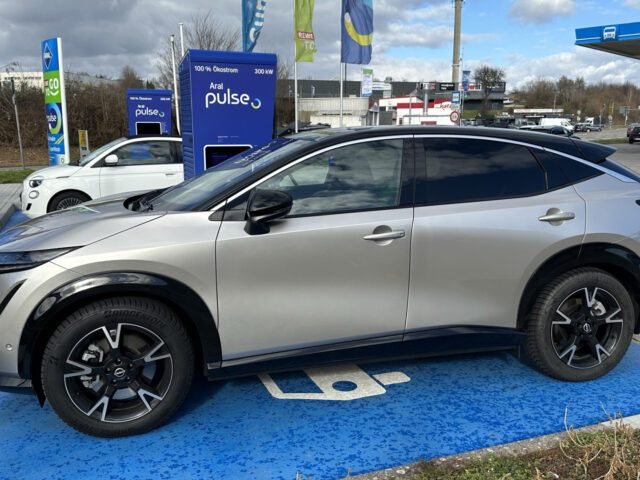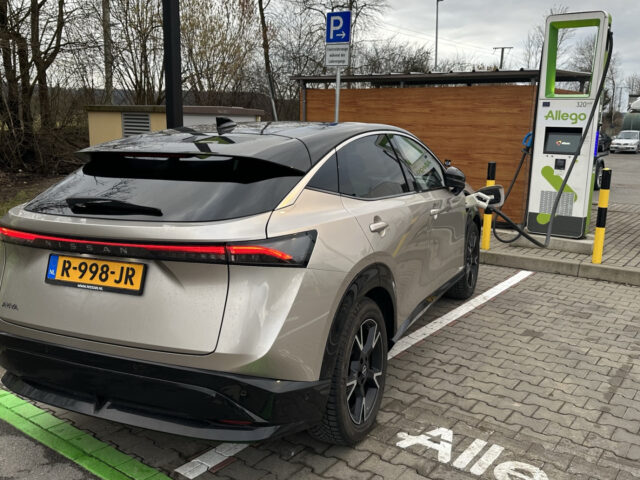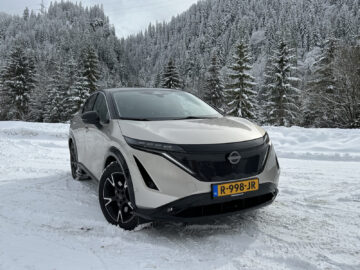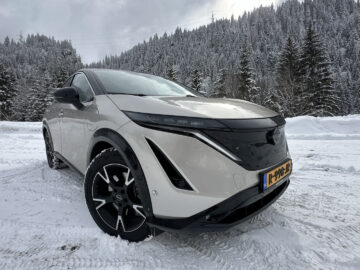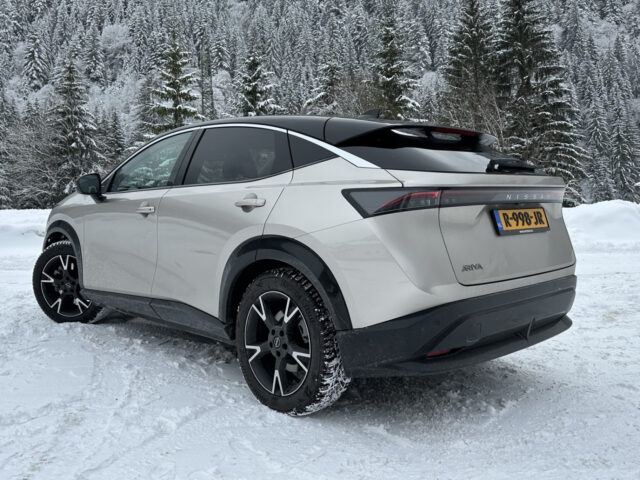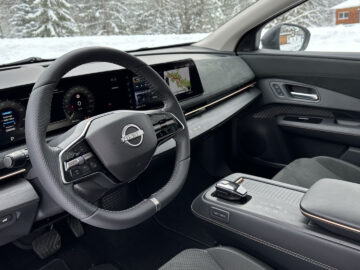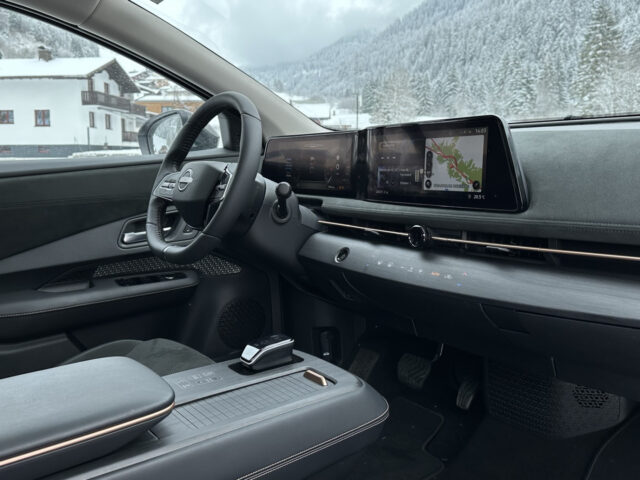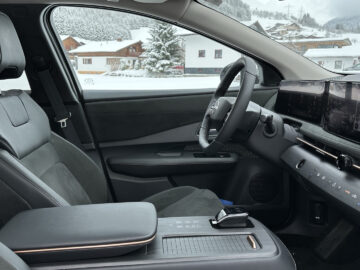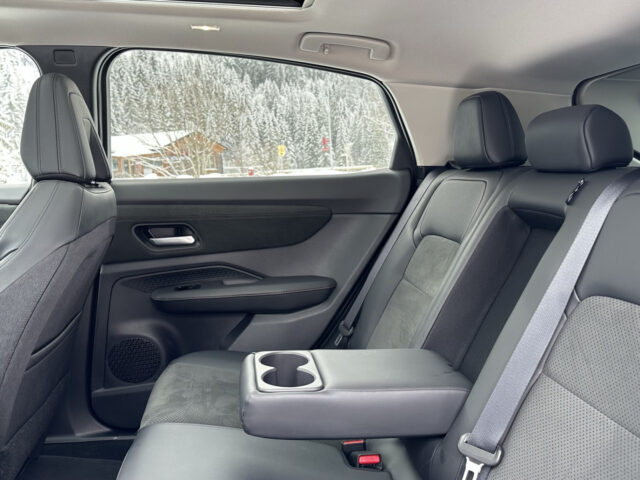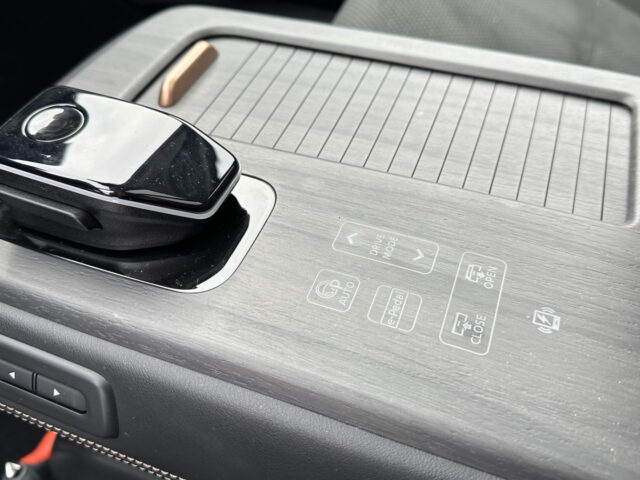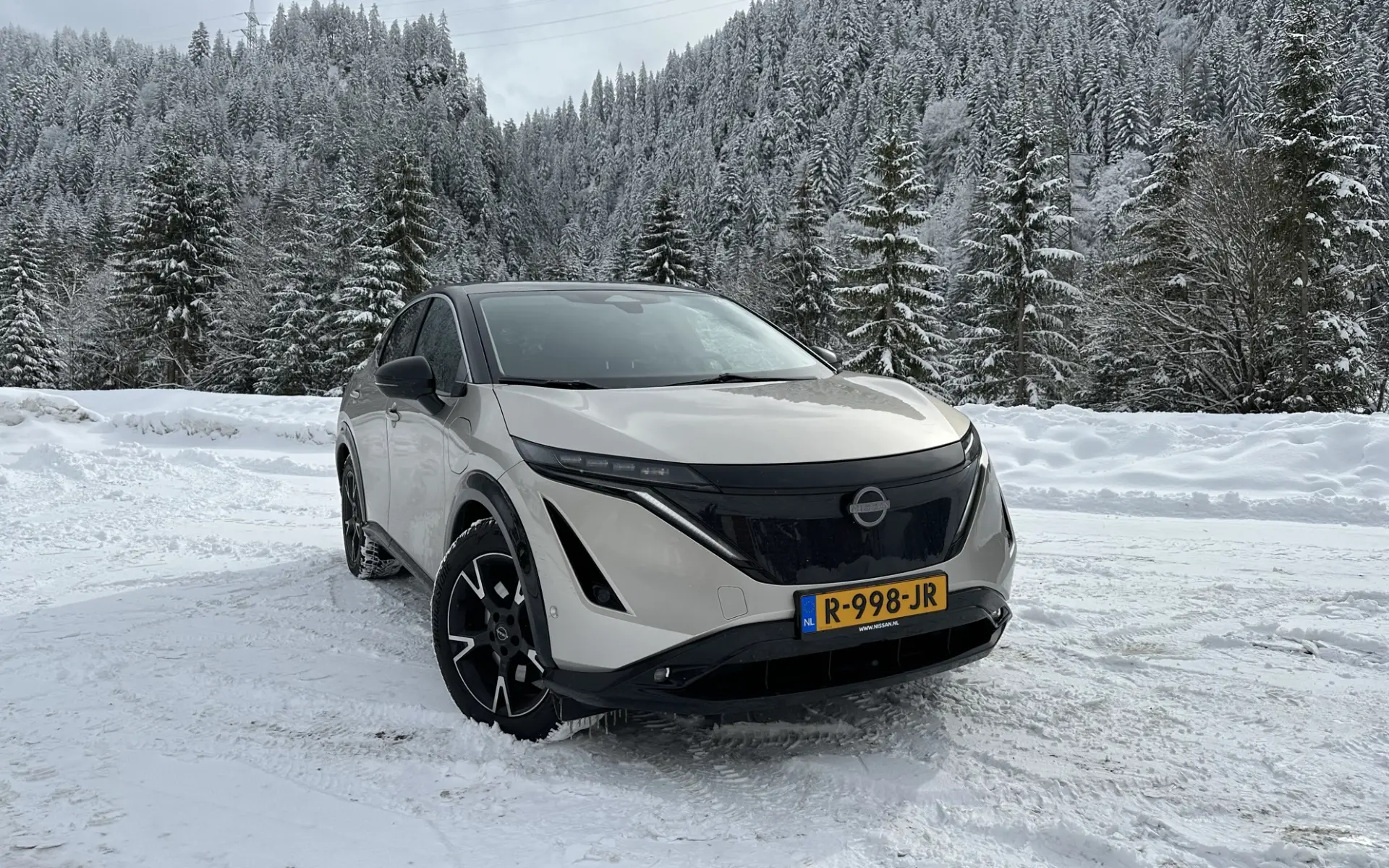Nissan Ariya (2023) – Taking an electric car to winter sports
The outlook for skiing electric riders was not too good on Saturday, Feb. 25. Indeed, on this day spring break started for the Central and North regions, which meant that on that day the autobahns towards the ski resorts would be populated mainly by skibox-carrying four-wheelers bearing yellow license plates. Because that procession is increasingly made up of electric cars, that would create some much-needed waiting time at the fast chargers for people taking electric cars for winter sports.
Whether the latter would actually be true, we wanted to find out. So we borrowed a Nissan Ariya and drove it to the winter sports area. How that went and how we approached this trip, you can read in the text below. Would you rather watch the video? At your service!
Going on winter sports with the EV: IDEAL or NIGHT MERRY?! – AutoRAI TV
Preparing for electric driving to winter sports
Meanwhile, the charging infrastructure in Germany is of such a level that you can basically drive without preparations. At almost every Raststätte or Autohof there are fast chargers from various providers that also work with Dutch charging passes. Speaking of those charge cards, check prior to your departure to see if your charge card includes European coverage and which providers you can charge with. We were given a charge card with European coverage from Multitankcard. It worked at every charging point we stopped at along the way.
If you have the right charging pass, then you can start planning your route. To do so, we used the app “A Better Route Planner,” a route planner designed specifically for electric cars. It works like this: you first enter the make and type of your car and then choose the battery capacity your car has. Then enter the start and end points of your trip. You can also choose what percent battery charge you want to start and finish with. Based on the data and preferences entered, the app calculates a route and shows you the best place to stop to charge along the way, how much you need to top up to make it to the next charging stop and the estimated time of charging. So that unburdens you quite a bit.
Taking the electric car on winter sports: the journey
The day of judgment had arrived. On Feb. 25, we left Nijmegen in the morning around 9 o’clock. That late departure time was a conscious decision. This is because most people leave at night or early in the morning, so you will ride in the procession if you also leave around that time. Our plan was to ride behind the procession in the hope that the availability of charging infrastructure would be better then.


Our route was about 800 kilometers long and A Better Route Planner calculated that we would need three charging stops to reach our destination with 30 percent battery capacity left. The first charging stop was scheduled after 211 kilometers at the Ionity fast charging station Brohltal West. There we arrived with about 30 percent battery capacity left. You might choose to drive a little further in that case, but with an electric car it’s nice to build in a comfortable margin for your charging stops. Should the fast charger fail for any reason, at least you have fallback options to another charging point.
Wait or drive on?
At the Ionity charging station, an empty fast charger was immediately free for charging. So the first hurdle had been taken. After a half-hour break and coffee, we continued our journey with a load of fresh power on board. A Better Route planner led us to the village of Bretten, just off the Autobahn. There we charged the Ariya after another 200 kilometers or so at an Aral Pulse fast charger. Even at this fast charger, there was space immediately and we could start charging right away. Fortunately, the McDonald’s was around the corner for the obligatory greasy traveler’s snack.
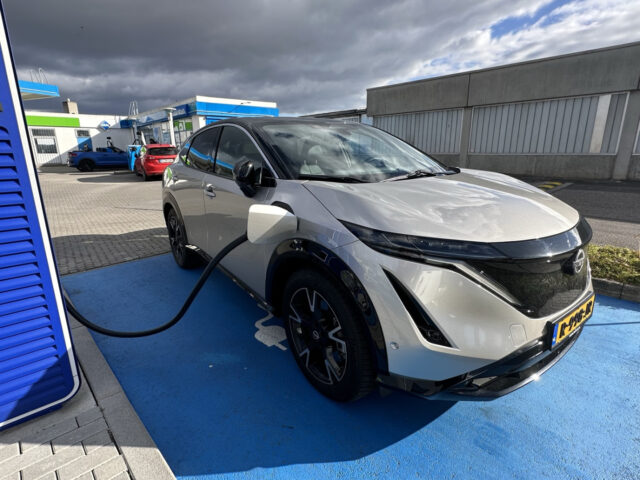
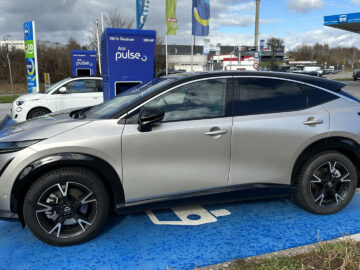

The half hour at Aral flew by and we were able to get ready for the route to the last fast charger of the trip. That was an Allego charger at an Autohof near the Austrian border. There we did run into a problem. In fact, there were only two fast chargers, one of which was faulty. Fortunately, a BMW iX just drove away from the functioning fast charger, allowing us to get there right away. That was a windfall, because otherwise we might have had to wait a little longer.
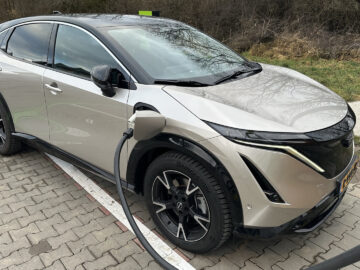
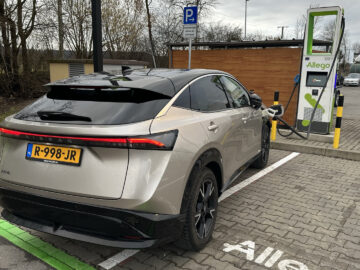
Smoothly going to winter sports with an electric car
After that last loading stop, things moved quickly and it was still about 180 kilometers to Klösterle, our final destination. We eventually arrived with 30% battery capacity left, just as A Better Route Planner had predicted. The total travel time was 8 hours and 50 minutes including loading stops, which is not bad at all. On the way, therefore, we hardly had any traffic jams. So the gamble of leaving late worked out well in this case.
A big advantage was that we could just recharge the Ariya at the hotel via a wallbox. This offers quite a bit of added convenience, as it allows you to use the car carefree while on vacation without having to look for a fast charger nearby. So it pays to check when picking the hotel to see if they have charging facilities as well.
The Nissan Ariya
That’s not even mentioning the star of the show: the Nissan Ariya. We chose the Ariya as our travel car because it offers space, has sufficient range, and we had only put the car through its paces at its introduction. From Nissan Netherlands, we received the Ariya 87 kWh Evolve. That is the version with the largest battery and front-wheel drive and also directly the Ariya with the greatest range. ‘Evolve’ is the most luxurious trim level and includes seat and steering wheel heating, Nissan ProPilot, a panoramic sunroof and a digital interior mirror.
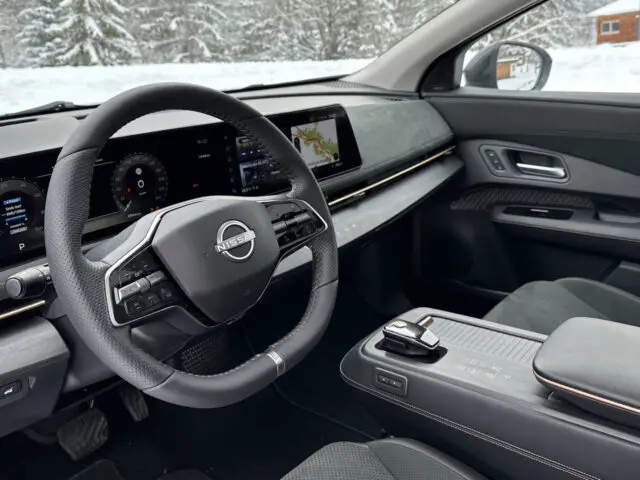

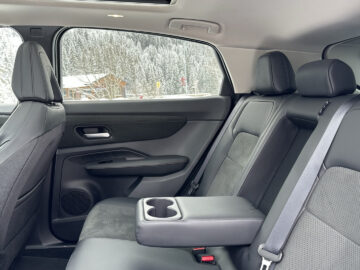
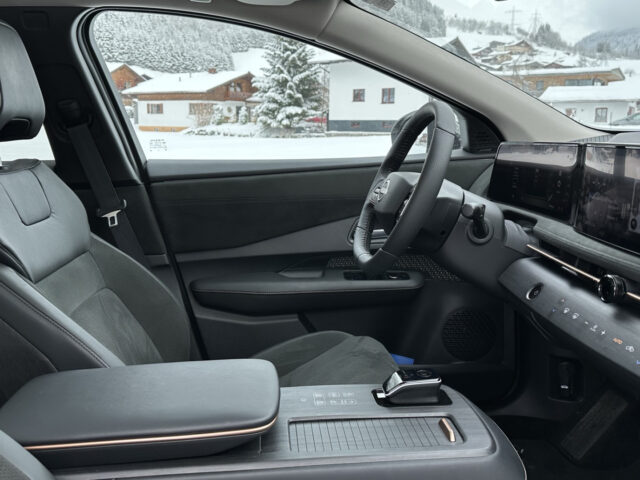
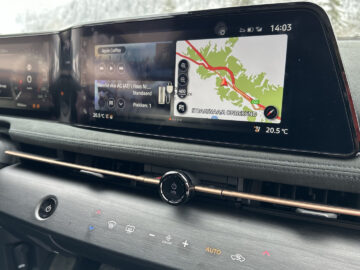
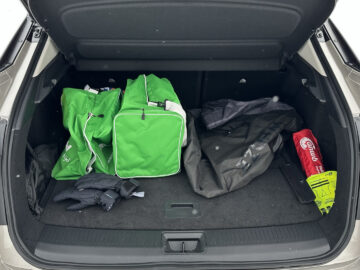
In practice, the front-wheel-drive Ariya proved to handle winter conditions just fine. With 242 hp, you have enough power to accelerate smoothly and thus get farther on one battery charge than the all-wheel-drive Ariya e-4ORCE. In theory, the front-wheel-drive Ariya’s WLTP range is 533 kilometers, of which about 350 to 400 kilometers remain in winter. That turns out to be just enough to ride comfortably from charger to charger without feeling like the distances are way too short. In doing so, we did not have to hold back: we drove 120-130 km/h for almost the entire trip. So you can possibly increase the distances between stops if you’re going to drive more leisurely. Our average real-world consumption during the test period came to 23.6 kWh per 100 kilometers. That’s neat for an electric car of this size.
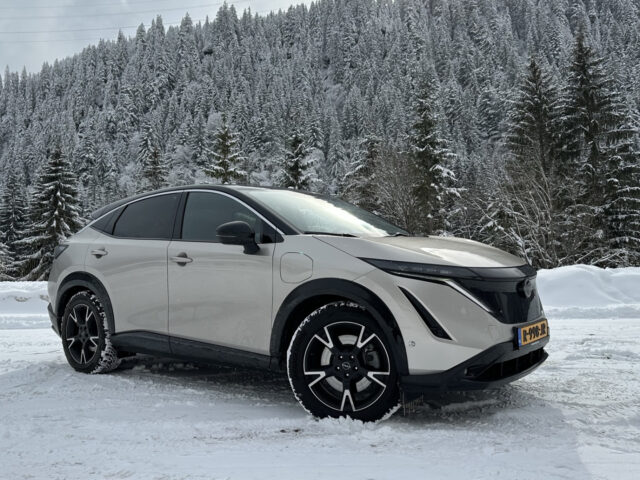
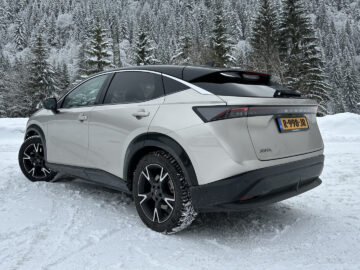
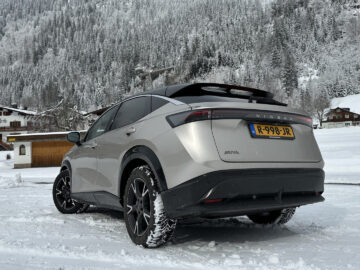
By the way, the word “comfortable” aptly describes the Ariya. The seats sit well, as a driver you have a pleasant seating position with plenty of overview, and the suspension comfort is also soothing on long drives. I and my two fellow passengers arrived at our final destination rested. Our family members who left at night in a Volvo XC90 D5 were considerably more tired….
Taking the electric car on winter sports: the conclusion
Was the specter raised about driving the electric car to winter sports correct? No, not exactly. Of course, our trip is just a personal experience and not a generalization, but we had no trouble at all with the availability of charging infrastructure along the way. By the way, on the way back we had to wait at a fast-charging station for 5 minutes before there was room, but that’s still manageable. All in all, these days, albeit with a little preparation, you can do just fine with an electric car for winter sports. The promised challenge of charging jams and finding available charging infrastructure failed to materialize!
